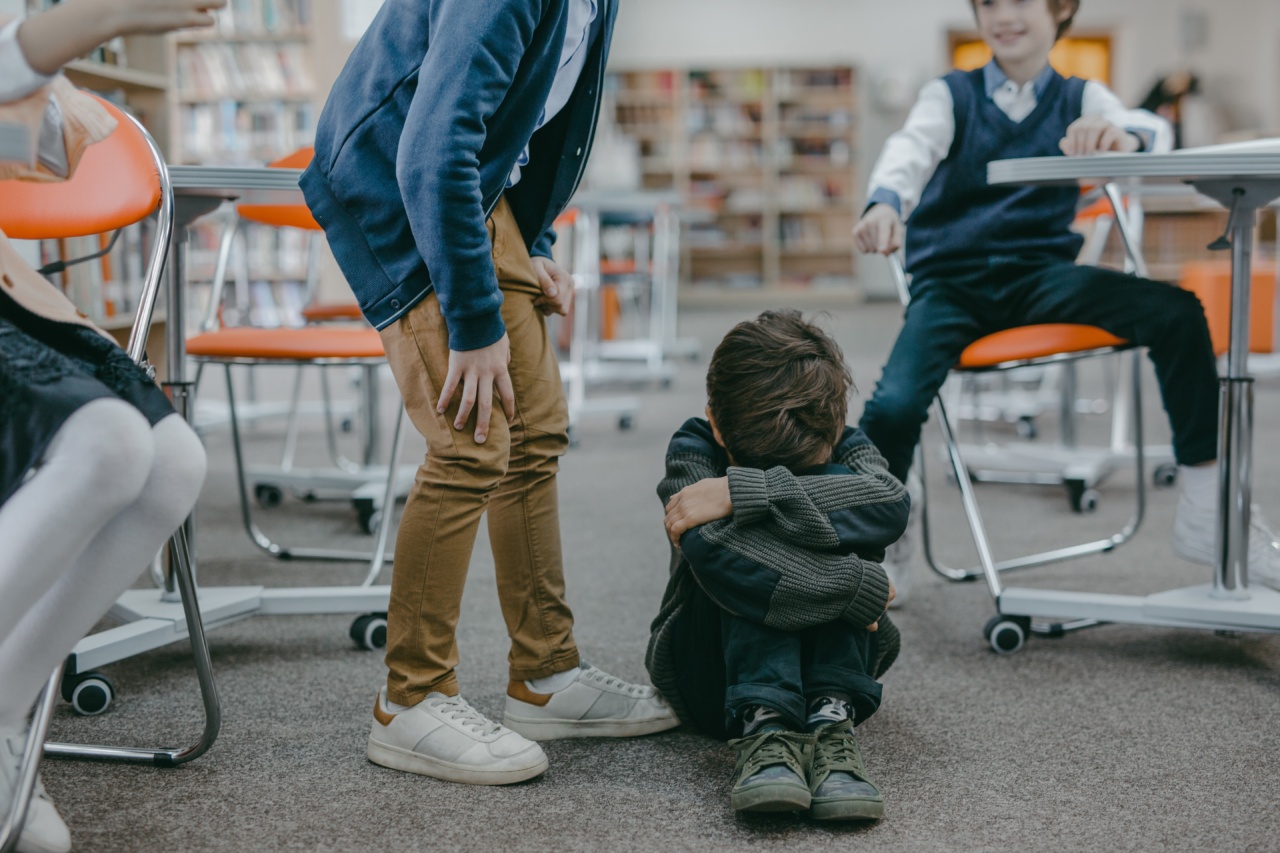Bullying is a pervasive problem in societies around the world. Children and teens can be targeted for many different reasons, from physical appearance to sexual orientation to academic performance.
But what happens when the popular kids, those who are often seen as the most confident and successful, become the target of bullies?.
Understanding bullying
Before delving into the dynamics of bullying in popular circles, it’s important to have a basic understanding of what bullying is. Bullying is defined as repeated aggressive behavior by one person that is intended to cause harm to another person.
This behavior can take many different forms, from physical violence to verbal abuse, social ostracism, and cyberbullying.
Bullying can happen in any environment where people interact, including at school, online, and in the workplace. It can be perpetuated by individuals or groups, and it can have serious mental health consequences for both the target and the perpetrator.
Popular kids as bullies
One of the prevailing myths about bullying is that it is only carried out by socially marginalized individuals who are struggling with their own insecurities. However, this is not always the case.
In many situations, popular kids or those who hold positions of power or authority within a social group can turn to bullying in order to reinforce their status and dominance.
For these individuals, bullying others can be a way to feel in control and powerful. They may believe that by making fun of others or putting them down, they are strengthening their own social position.
In some cases, popular kids may also use bullying as a way to exclude others from their social circle or reinforce insider-outsider dynamics.
The impact of bullying on popular kids
Despite their social status, popular kids can be just as vulnerable to the effects of bullying as anyone else. In fact, the unique social pressures and expectations that come with being popular may make them even more vulnerable to bullying behaviors.
For example, if a popular kid suddenly becomes the target of bullying, they may feel like they have suddenly lost their entire social support system.
They may worry that others will see them as weak or vulnerable, which could damage their reputation and social standing. In some cases, they may even be afraid to speak out against the bullying for fear of losing their popular status entirely.
Breaking the cycle of bullying
It is important to remember that bullying is never acceptable, whether it is perpetrated by popular kids or anyone else. However, stopping bullying in popular circles can be particularly challenging due to the complex social dynamics at play.
Develop a culture of kindness and respect
The first step in breaking the cycle of bullying is to develop a culture of kindness and respect within your community.
This means emphasizing the importance of treating others with empathy and compassion, and encouraging people to speak out when they see bullying behavior happening around them.
Model healthy behaviors
As a parent or teacher, it is important to model healthy social behaviors for your children.
This means demonstrating the importance of treating others with respect, resolving conflicts in a non-violent manner, and standing up to bullying behavior when it happens around you.
Empower bystanders
Finally, it is important to empower bystanders to take action when they see bullying happening. This means teaching kids and teens that they have the power to speak out against bullying, whether it is happening to them or someone else.
By giving bystanders the tools they need to intervene and stop bullying behavior, we can all work together to create a safer and more inclusive environment for everyone.
Conclusion
While bullying among popular kids may be challenging to address, it is important to remember that everyone is susceptible to bullying behavior.
By working together to create a culture of kindness and respect, we can all play a part in ending bullying once and for all.






























